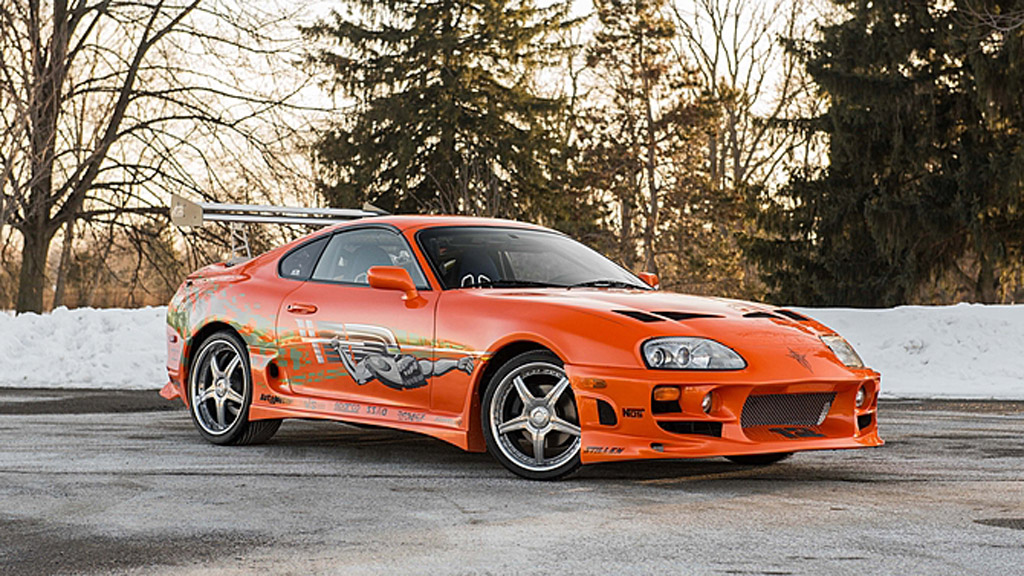In the automotive world, the subject of cleaning and detailing vehicles is often a hot topic among enthusiasts, everyday drivers, and industry professionals alike. A well-detailed car is more than just visually appealing—it reflects pride of ownership, helps preserve the vehicle’s condition, and can significantly boost resale value.
However, not every car benefits equally from detailed cleaning, and the decision to invest time, effort, and money into detailing depends heavily on the make, model, age, condition, and intended use of the vehicle. This article aims to explore this nuanced landscape by highlighting five car models that are worth detailing, alongside five others for which extensive cleaning might be an exercise in futility.
Detailing goes beyond a simple car wash—it involves meticulous cleaning, polishing, and protection of both the interior and exterior surfaces, often utilizing specialized products and professional techniques. When done right, detailing can restore a car’s paint to a glossy finish, rejuvenate worn upholstery, eliminate odors, and protect against environmental damage.
Yet, this process can be time-consuming and expensive. For this reason, discerning vehicle owners and buyers must weigh the potential benefits against costs and the likely impact on their car’s value.
Vehicles that are worth detailing often share certain characteristics: they tend to have higher original value, better build quality, premium materials, or collectible status. These cars respond well to cleaning, with paintwork that can be restored and interiors that can be revitalized.
Examples range from luxury sedans and sports cars to well-maintained mid-range models that still hold strong market appeal. Owners of these cars frequently use detailing as a tool to preserve investment, enhance pride of ownership, and improve marketability.
Conversely, there are many vehicles for which intensive detailing is not only impractical but also unlikely to offer a worthwhile return on investment. These include older economy cars, heavily used work trucks, salvage title vehicles, and certain budget models known for their basic construction and rapid depreciation.
For these cars, the expense and effort of deep cleaning and polishing rarely translate to meaningful improvements in appearance, value, or enjoyment. Instead, owners might find more value in routine mechanical maintenance or basic cleaning that keeps the car functional and hygienic without the high cost of detailing.
Understanding which vehicles are worth the detailing investment requires insight into automotive markets, material durability, and owner expectations. For example, a classic Porsche or well-maintained Tesla will benefit from detailed care due to its premium finish and enthusiastic buyer base, while a flood-damaged salvage truck or a 20-year-old compact economy car may never justify such investment. Recognizing these distinctions can help car owners make smarter choices about how to maintain their vehicles and manage expenses.
This article delves into these considerations by first outlining five car models that truly deserve detailed cleaning and care, explaining the reasons their owners stand to gain significantly from such efforts. It then shifts focus to five car models where owners should think twice before investing in detailing, given the limited practical and financial benefits.
By comparing and contrasting these examples, readers will gain a clearer understanding of how to prioritize vehicle care based on model-specific factors.
Whether you’re an automotive enthusiast, a used-car buyer, or simply someone who wants to keep your vehicle in the best shape possible, knowing when detailing is worthwhile—and when it’s not—can save you money and effort while maximizing the enjoyment and value you get from your car. With this knowledge, you’ll be equipped to make informed decisions about vehicle cleaning and maintenance that fit your unique circumstances and goals.
Also Read: 5 Trucks That Shut Down When Stolen and 5 That Can Be Driven Off in Seconds
5 Car Models That Are Worth Detailing

1. Porsche 911 (Any Generation)
The Porsche 911 stands as one of the most cherished automotive icons in history. From its humble beginnings in the 1960s to the modern turbocharged marvels of today, every generation of the 911 embodies a unique blend of heritage, precision engineering, and timeless design.
Owners of 911s, whether they own an air-cooled classic or a brand-new 992 model, understand the reverence that comes with this badge. Detailing a 911 isn’t simply about aesthetics; it’s a declaration of appreciation for a machine that’s been refined over decades and still commands respect in every car enthusiast circle.
Exterior detailing on a 911 goes far beyond just a shiny finish. The car’s classic silhouette, with its sweeping rear fenders, low stance, and aerodynamic curves, deserves paint correction and ceramic coatings that highlight every design nuance. Unique Porsche color options like Guards Red, Racing Yellow, or Lava Orange look exceptional under a flawless finish.
The body panels, often aluminum or composite materials, need meticulous care to maintain both appearance and longevity, particularly for owners who drive their 911s year-round. In colder climates, this includes protection from salt corrosion and road grime, making regular detailing more than a cosmetic decision.
The interior of a 911—often a fusion of high-grade leather, brushed aluminum, carbon fiber, and Alcantara—also benefits immensely from detailed care. These materials are not just for show; they’re part of the tactile experience that makes a Porsche feel uniquely premium.
Whether it’s cleaning the stitching on a custom leather dashboard or restoring clarity to an analog gauge cluster, detailing elevates the sensory quality of the interior. A deep clean also helps retain resale value, since buyers of premium sports cars tend to be discerning and often base purchasing decisions on the smallest visible cues of how well the car was maintained.
Moreover, 911s often become weekend cars, collector’s items, or track toys—all roles that increase the owner’s emotional investment. Detailing isn’t just upkeep; it’s part of the ownership experience. Many 911 enthusiasts partake in Porsche Club events, car meets, and concours d’elegance competitions, where a vehicle’s cleanliness is scrutinized just as closely as its performance history.
In that world, a poorly detailed 911 is almost sacrilegious. Proper detailing isn’t just recommended—it’s a rite of passage in Porsche ownership.
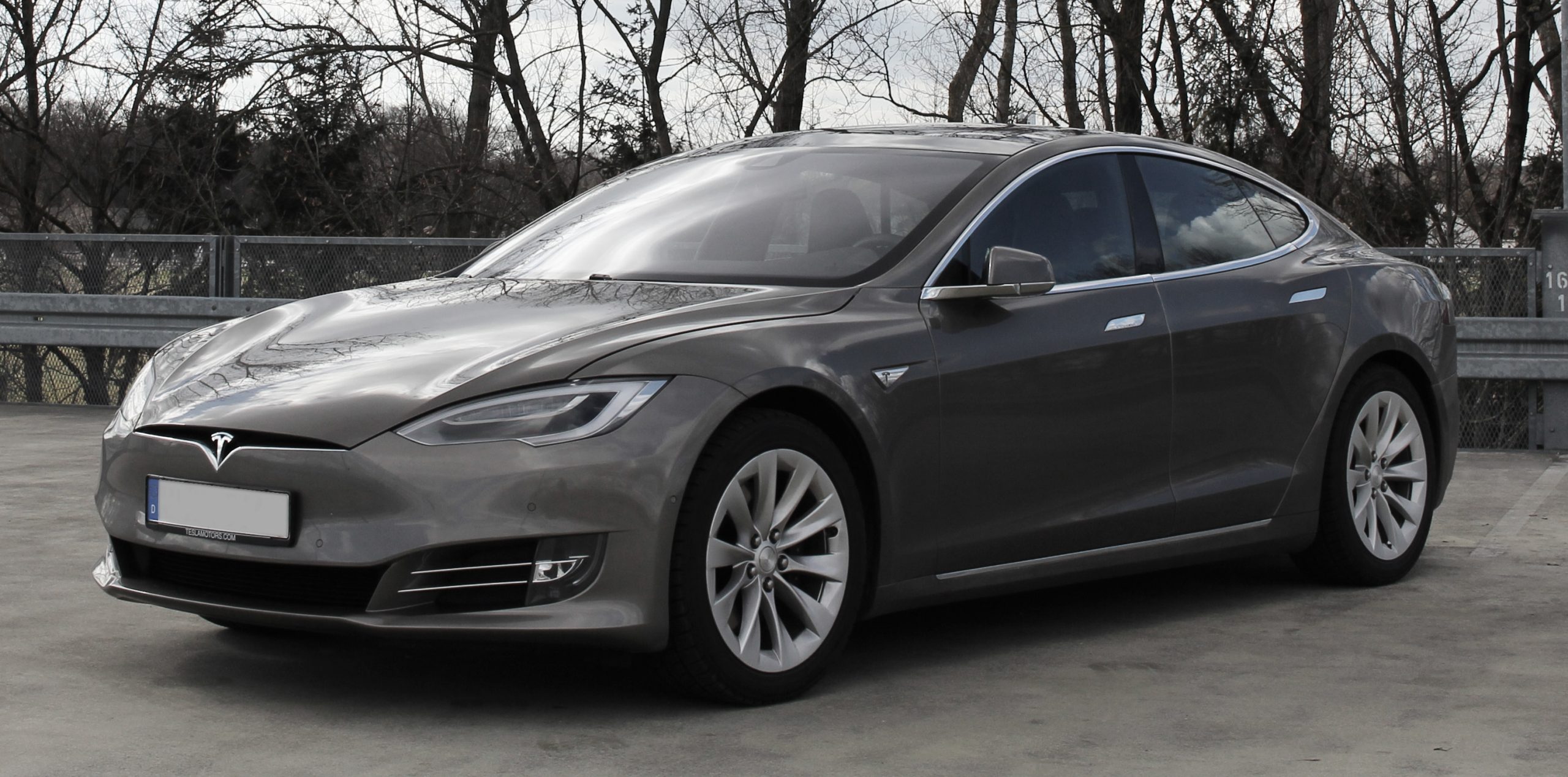
2. Tesla Model S
The Tesla Model S isn’t just a vehicle; it’s a technological statement. As one of the first electric cars to break through the mainstream luxury market, it helped redefine what an executive sedan could be. With its sleek, futuristic design and silent, instantaneous acceleration, the Model S appeals to forward-thinking drivers who often value both innovation and aesthetics.
Because of its minimalist styling and premium finishes, the Model S looks best when it’s kept meticulously clean, and detailing can drastically enhance its already futuristic appeal.
The Model S’s exterior panels are largely seamless, with flush-mounted door handles, a sloped glass roof, and simplified body lines that depend heavily on clean surfaces to look their best. Even slight dust, water spots, or swirl marks can compromise its visual impact.
High-quality detailing brings out the depth of its unique paint options, such as Deep Blue Metallic or Midnight Silver. Ceramic coatings help preserve the factory finish and reduce the risk of scratches or UV damage, especially given how large and exposed the surface area is, particularly on the hood and panoramic roof.
Interior detailing plays an equally critical role. Tesla interiors feature large touchscreen interfaces, synthetic leather or premium textile seats, and simplified dash layouts. However, the sparse nature of the interior means that dirt, smudges, or dust become glaringly obvious.
The 17-inch touchscreen, while beautiful, is a magnet for fingerprints. Leather or synthetic seat surfaces can start to show wear early without conditioning. Detailed care not only keeps everything visually perfect but also extends the longevity of materials that can be expensive to repair or replace out of warranty.
Finally, there’s the ownership profile to consider. Tesla buyers are often particular about technology, cleanliness, and efficiency, and a well-maintained car reflects positively on that personality. Detailing reinforces the Model S’s value as a premium product.
It also helps it hold resale value, especially as buyers of used electric cars often scrutinize condition more than mileage, given the long battery life and low mechanical wear. In short, a detailed Model S isn’t just cleaner—it’s more desirable, more luxurious, and more aligned with the image Tesla projects.

3. Toyota Supra (Mk4 and Mk5)
The Toyota Supra—particularly the Mk4 and Mk5 generations—carries with it a blend of motorsport heritage, tuner culture cred, and modern-day sophistication. The Mk4, made famous by its 2JZ-GTE engine and enduring presence in the Fast & Furious franchise, has become a cult classic and an appreciating asset.
The newer Mk5, built in partnership with BMW, reintroduces the Supra name to a new generation of enthusiasts. Both models benefit immensely from comprehensive detailing due to their performance status, aggressive styling, and collectible potential.
The Supra’s bold styling—pop-up headlights on the Mk4 and sharp, modern contours on the Mk5—make it a visual standout. Detailing these cars involves more than just surface cleaning; it requires paint decontamination, polishing, and ceramic treatment to emphasize their unique bodylines.
Aftermarket additions like widebody kits or custom wraps are common and require special care to maintain. For Mk4 owners especially, proper detailing helps preserve aging paintwork and trim components that are increasingly rare and expensive to replace.
Inside, the Supra presents another layer of complexity. Mk4 interiors are often the first to show wear, with dashboard cracks, worn upholstery, and faded plastics being common in unrestored models. A detailed job here can breathe new life into a tired cabin. Restorative techniques like vinyl repair, carpet shampooing, and leather conditioning can dramatically increase both comfort and value. The Mk5’s cockpit, while newer and more refined, has its own blend of leather, Alcantara, and piano-black plastics that require careful cleaning to avoid swirl marks or fading.
Beyond aesthetics and comfort, the Supra’s community adds weight to the value of detailing. Enthusiasts flock to shows, track events, and social media platforms to showcase their builds. A clean, glossy Supra draws attention and commands respect within this crowd.
For many owners, detailing is part of preparing for photo shoots, meets, or potential magazine features. Whether it’s for preserving originality or showing off aftermarket upgrades, a detailed Supra represents pride, performance, and legacy all in one.
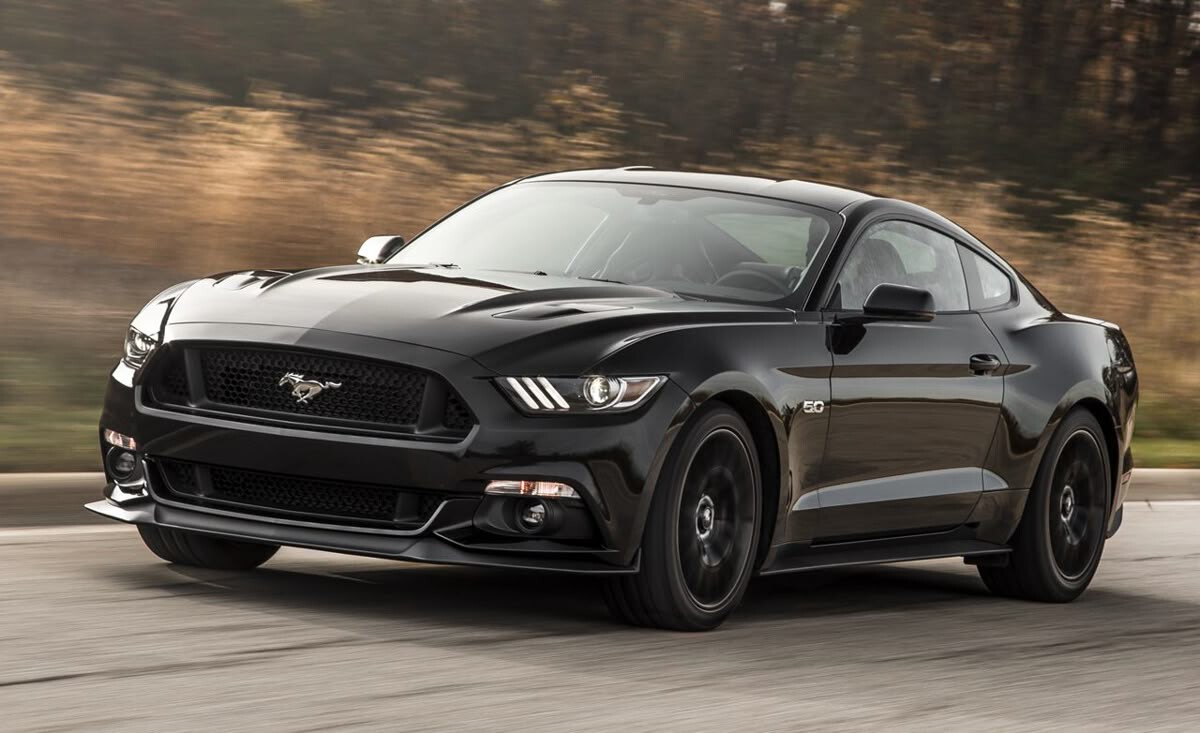
4. Ford Mustang (Especially GT and Shelby Variants)
When it comes to American muscle, few names carry the cultural weight of the Ford Mustang. It’s more than just a performance car—it’s an enduring symbol of American engineering, freedom, and automotive passion. The Mustang GT and Shelby variants, in particular, elevate the car into enthusiast territory. With powerful engines, bold design, and an almost cult-like following, these Mustangs are prime candidates for thorough, regular detailing that keeps them looking—and feeling—like modern-day hot rods.
The Mustang’s aggressive design, characterized by its long hood, short rear deck, and muscular stance, begs to be seen under a mirror-like shine. Detailing enhances everything from the hood vents and front splitter to the sculpted rear haunches. Bold color choices like Grabber Lime, Kona Blue, and Twister Orange glow after a proper paint correction and polish.
Additionally, performance Mustangs often accumulate rubber from burnouts and track time, making regular washing and decontamination crucial to preserving paint and trim.
Interior-wise, the Mustang has evolved significantly. Premium variants include Recaro bucket seats, leather accents, and high-tech infotainment systems. These materials age quickly if left untreated—sunlight, sweat, and abrasion can dull their appearance. A deep interior detail helps maintain the contrast stitching, clears up touchscreen grime, and revitalizes suede or leather components. Scent restoration and UV protectants add the final touches to make the cockpit feel fresh and exciting, whether you’re racing or cruising.
Let’s not forget the under-the-hood appeal. Mustang owners take immense pride in their engines. Whether it’s the throaty Coyote V8 or the supercharged beast in a GT500, the engine bay becomes a centerpiece at shows and meets. Engine detailing—removing grime, dressing plastics, polishing metal components—is often the difference between a casual admirer and a judge handing you a trophy. Clean bays not only look impressive but help with long-term maintenance by making leaks and issues easier to detect.
In Mustang culture, a well-detailed car is part of the identity. These aren’t just vehicles—they’re stories on wheels. Every rock chip, every swirl, tells something about its use. By detailing, owners preserve the narrative they want the world to see: one of power, care, and American pride. It’s not vanity—it’s the Mustang way.
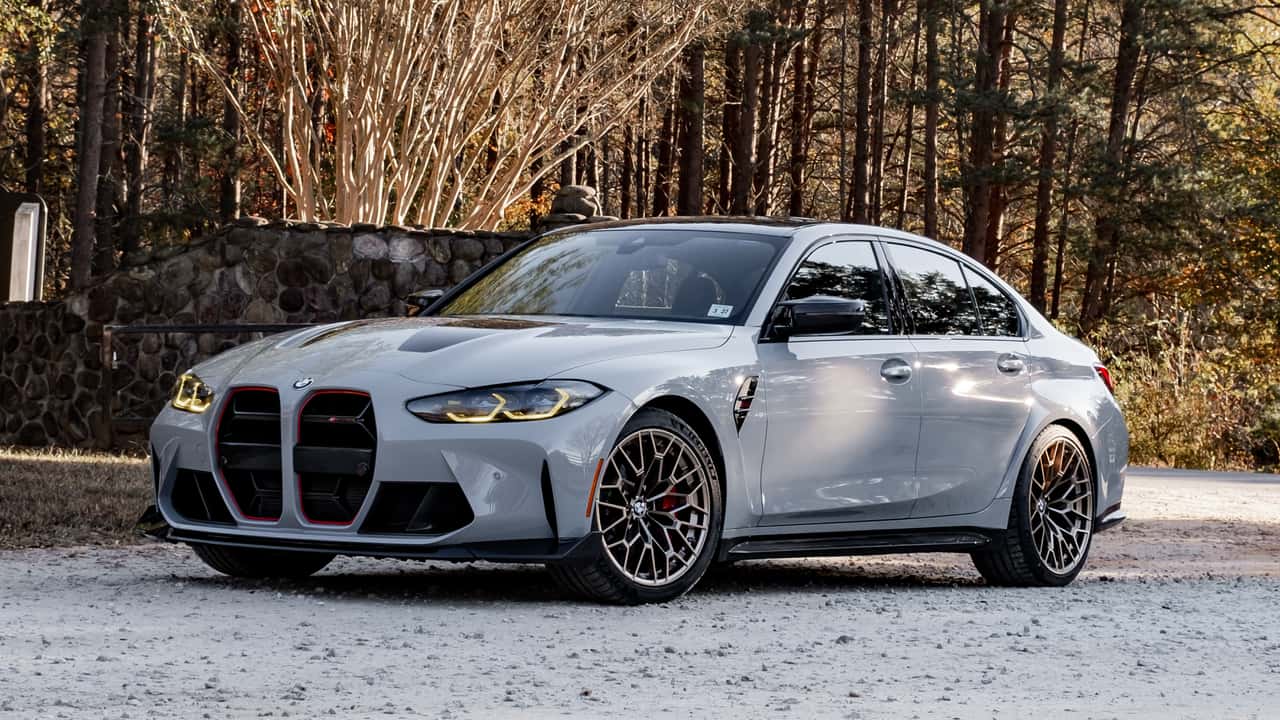
5. BMW M3 (E30 to G80)
The BMW M3 is the performance sedan that helped redefine how fun and functional could coexist. From the boxy, motorsport-bred E30 to the aggressive, tech-heavy G80, each generation of the M3 has found its place in the hearts of purists and professionals alike. These cars offer an ideal balance between daily drivability and track-day readiness. As such, detailing isn’t just maintenance—it’s an act of reverence for a lineage built on speed, precision, and luxury.
Each generation presents unique detailing opportunities and challenges. The E30, now a classic, often suffers from fading trim, cracked plastics, and oxidized paint. Restorative detailing here includes trim revival, touch-up paint, and interior reconditioning that can bring the car back to life.
The E46 and E92 models, which combine more modern materials and iconic engines, benefit from polishing and paint correction to keep their aggressive yet understated look. The G80, with its controversial grille and high-gloss surfaces, practically demands ceramic protection to ward off blemishes and environmental wear.
Interior detailing for the M3 requires a refined touch. With luxury interiors that may include Merino leather, carbon fiber inlays, and Alcantara trim, each surface requires specific care.
Detailing ensures that the tactile feel of the steering wheel, the seat bolsters, and even the floor mats remain crisp and engaging. The M3 is a driver’s car—keeping its cockpit clean and fresh heightens the experience every time the driver settles in.
More than most cars, the M3 holds serious collector and resale value when well-maintained. Enthusiasts looking for clean, unmodified examples are often willing to pay premiums for documented, regularly detailed vehicles.
Even for owners who plan to keep the car long-term, detailing supports mechanical reliability—clean surfaces are easier to inspect, and ceramic coatings help preserve the finish from UV, salt, and scratches. An M3 is more than transportation—it’s a badge of pride, and detailing honors everything it stands for.
5 Car Models That Aren’t Worth Cleaning
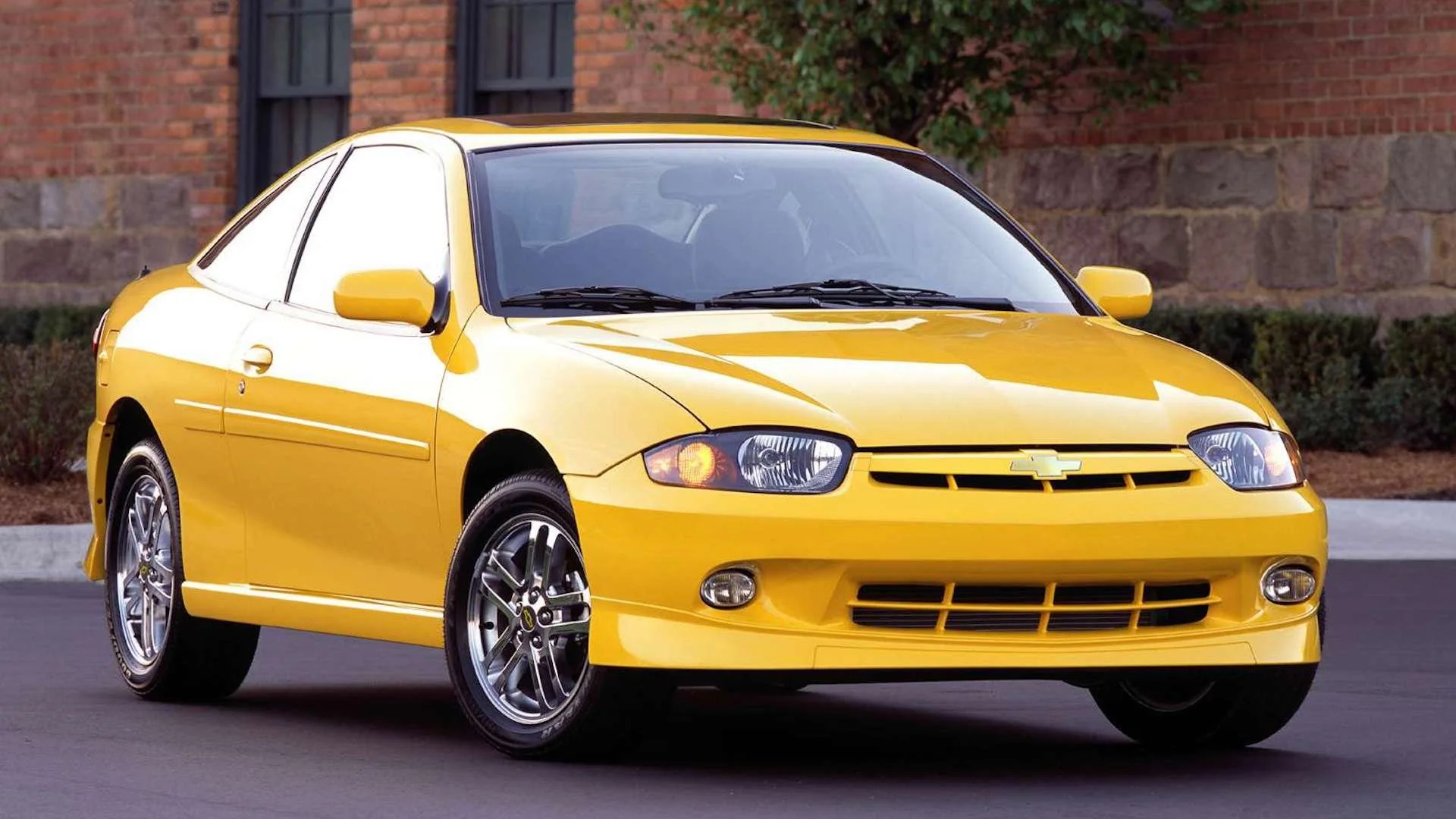
1. Chevrolet Cavalier (1990s to Early 2000s Models)
The Chevrolet Cavalier, a once-popular compact car from GM, is infamous for its low purchase price and basic build quality, which heavily impacts its long-term value and desirability. While it served as a reliable and affordable daily driver for many, cleaning and detailing older Cavaliers is often a poor investment. The exterior paint on these models tends to oxidize and fade significantly with age, and the factory paint was never particularly durable or resistant to environmental damage.
Attempting to polish or restore the Cavalier’s paint can be frustrating because the clear coat frequently peels or wears unevenly. Professional detailing might temporarily improve its shine, but the results are usually short-lived. The plastic trim and bumpers often fade or crack, and detailing cannot reverse these damages. Interior materials on Cavaliers were basic and inexpensive — thin fabric seats that stain easily and cheap plastics that scratch or discolor over time.
Additionally, the resale market for older Cavaliers is weak, with buyers prioritizing mechanical reliability over cosmetic condition. Because these cars were designed to be budget-friendly rather than luxury vehicles, even a detailed and clean interior will not significantly increase resale value. Owners would be better off allocating their resources toward routine maintenance instead of extensive cleaning.
In the broader context, the Chevrolet Cavalier’s reputation as a low-cost, entry-level car means that it depreciates quickly and remains inexpensive in the used market. Thus, putting money and effort into professional detailing is rarely justified, making it one of the car models that aren’t worth detailed cleaning beyond basic washing and vacuuming.

2. Ford Focus (Early First-Generation Models, 2000-2007)
The early first-generation Ford Focus, especially the models from 2000 to 2007, is another vehicle that’s often not worth significant cleaning or detailing. These cars, designed as economical and practical commuters, are notorious for paint issues, including peeling clear coats and fading, particularly in areas exposed to harsh sunlight. The plastic trim is also prone to discoloration and cracking, making it difficult to restore the original factory look.
Interior materials on early Ford Focus models are durable but very basic, with hard plastics that scuff easily and fabric seats that absorb stains quickly. Over time, the cabin often develops unpleasant odors, partly due to poor insulation and aging upholstery, which regular detailing can only temporarily mask. A full interior restoration is usually more costly than what the car’s market value justifies.
Mechanically, the Focus was reliable but inexpensive to produce, meaning owners tend to view these vehicles as utilitarian rather than luxury assets. Consequently, buyers looking for a used Focus are rarely impressed by cosmetic improvements alone. Instead, they focus on mechanical condition and mileage, which directly affect usability.
The resale value of early Focus models tends to be low, which discourages owners from investing heavily in detailing. Given their low market prices, the return on investment from spending hundreds on paint correction or interior conditioning is minimal. For this reason, the Ford Focus from this era is generally better off receiving only basic cleaning.
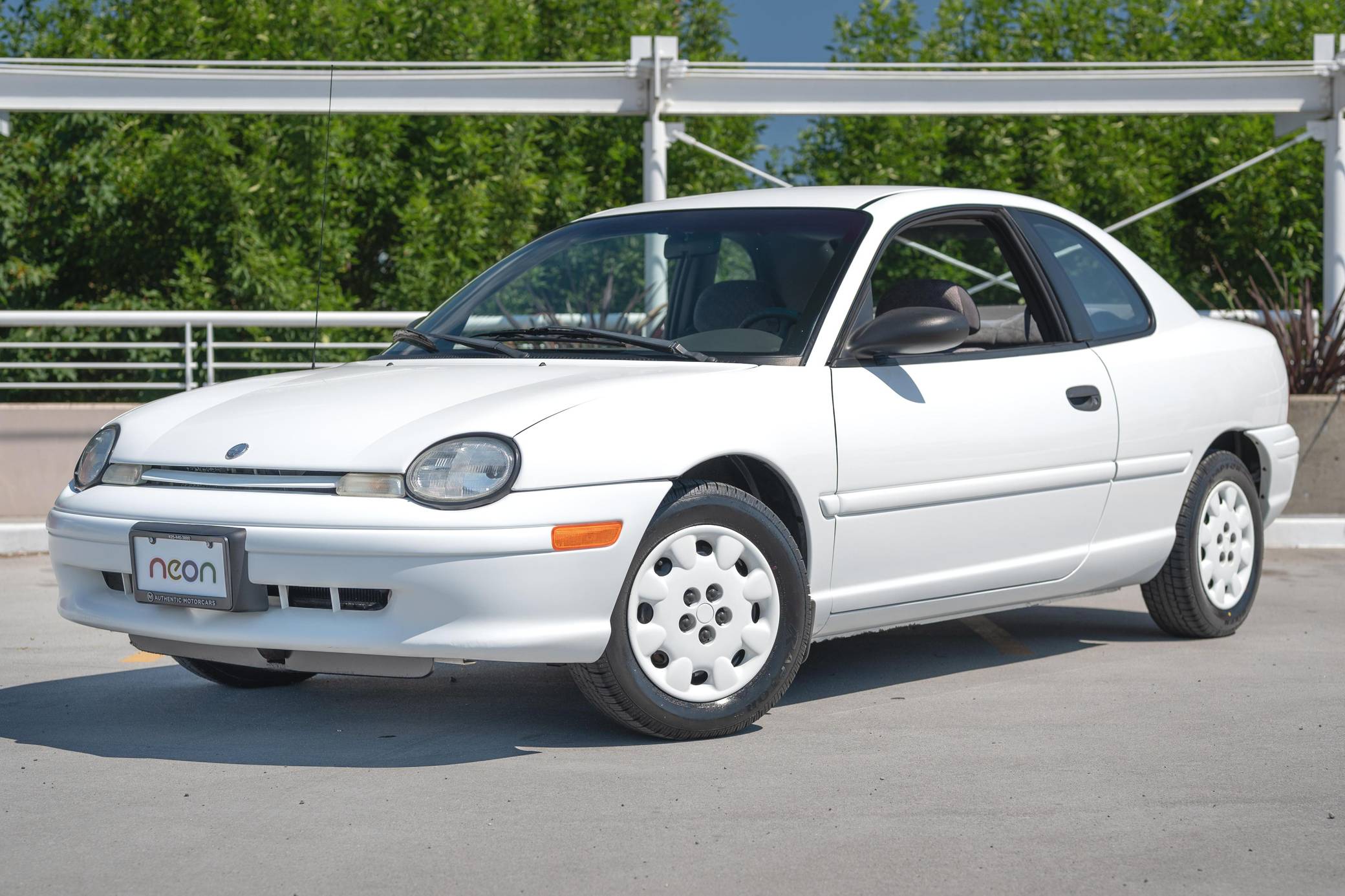
3. Dodge Neon (1995-2005)
The Dodge Neon, produced between the mid-1990s and mid-2000s, was designed as an affordable subcompact car, and its build quality reflects that purpose. While it provided reasonable performance for its price range, the Neon’s long-term durability and cosmetic appeal often leave much to be desired. This makes heavy cleaning and detailing financially impractical for owners of older Neon models.
The paint on Dodge Neons tends to fade and develop imperfections due to thin factory paint and clear coat. Scratches and chips are common, especially on vehicles driven in urban or harsh environments. Detailed paint correction and polishing can only do so much before revealing the underlying damage or primer. The plastic trim is prone to discoloration and brittleness, which detailing products cannot fully reverse.
Inside, the Neon’s cabin is outfitted with low-cost materials that show wear quickly. Seat fabric stains, dashboard cracks, and worn carpeting are prevalent, especially in cars exposed to sunlight and heavy use. Though steam cleaning and conditioning help, detailing cannot restore the original luxury feel that some higher-end cars offer.
From a resale perspective, the Dodge Neon’s value is relatively low due to its economy status and reputation for mechanical issues in later years. Buyers are more interested in affordability and drivability than cosmetic perfection. Consequently, investing heavily in detailing seldom results in appreciable financial gain, marking it as a car model not worth deep cleaning.

4. Hyundai Accent (Early 2000s Models)
The early 2000s Hyundai Accent was a popular choice among budget-conscious drivers, offering decent fuel economy and basic features at a low price. However, the trade-off was in the quality of materials and the longevity of cosmetic elements. Paint on these models is prone to fading and oxidation, especially on cars that have spent much time in the sun, making professional detailing efforts less rewarding.
The exterior plastic parts, such as bumpers and trim, tend to become brittle or faded with age, and detailing treatments cannot restore them to a like-new state. Attempting aggressive polishing on the paint often exposes surface imperfections, leading to a diminished overall look after cleaning. The low-grade paint does not respond well to extensive correction processes.
Inside, early Hyundai Accents often have wear-prone fabric seats and dashboards that develop cracks due to UV exposure. Dirt and stains can embed deeply in the upholstery, making thorough cleaning time-consuming and less effective. Even with professional interior detailing, the cabin rarely feels luxurious or fully restored.
Resale value for these models remains low due to their economy class and the availability of newer, better-maintained used cars. Buyers prioritize affordability and mechanical soundness, not cosmetic condition. Therefore, owners generally don’t see a return on investment from high-end detailing, marking the Hyundai Accent of this era as another car that isn’t worth the cleaning expense.
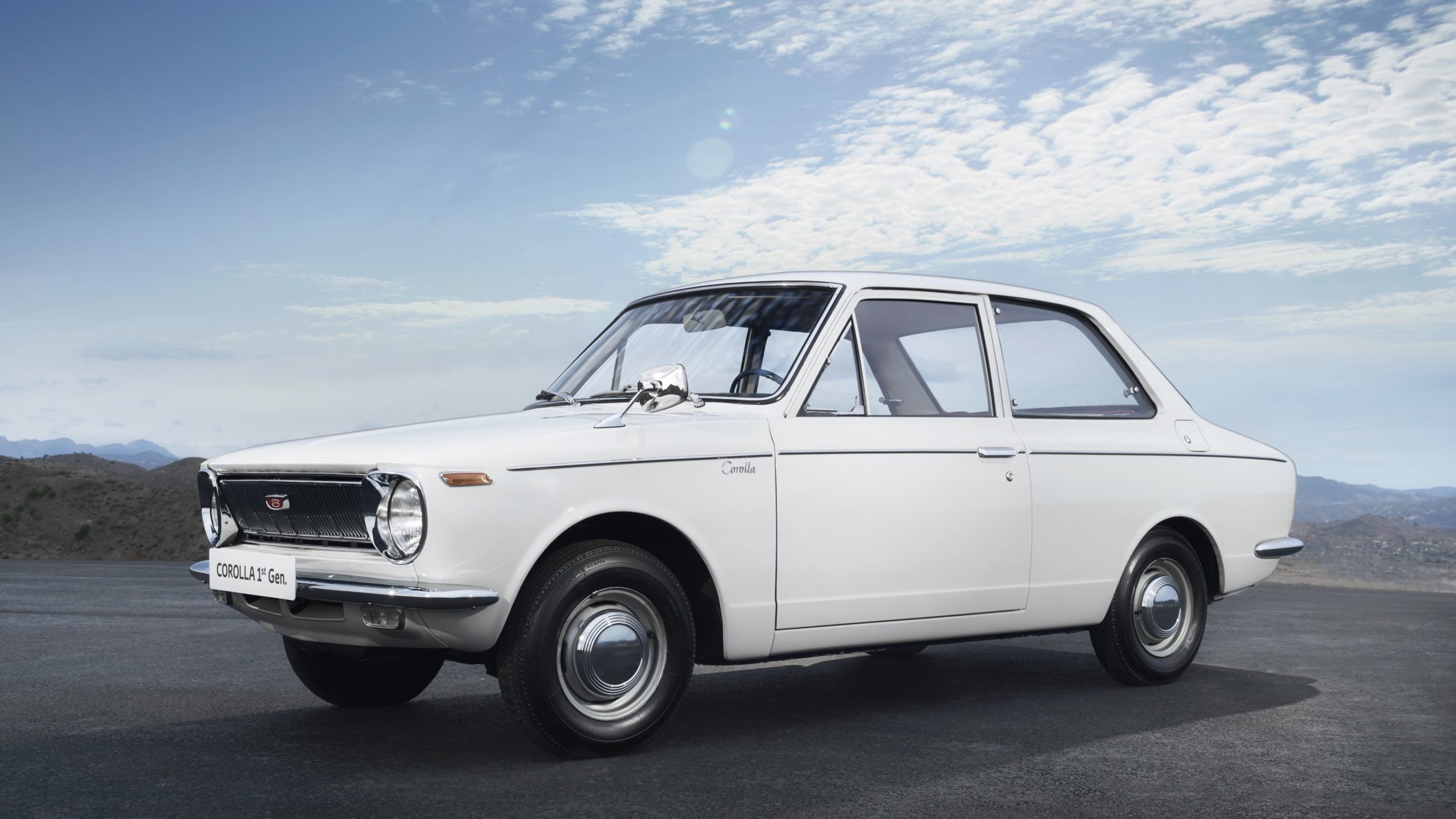
5. Toyota Corolla (1990s Models)
The Toyota Corolla from the 1990s is renowned for its legendary reliability and longevity, often surpassing 200,000 miles with proper care. However, despite this reputation for dependability, older Corolla models frequently don’t merit extensive detailing efforts. The reason largely lies in their basic construction, age-related wear, and the economic reality of their used-car value.
The exterior paint on 1990s Corollas tends to fade unevenly over time, with many examples showing oxidation and dullness due to years of exposure. While Toyota’s paint quality is generally good, the cars are often driven heavily and parked outdoors, accelerating wear. Detailed polishing might improve the surface temporarily but cannot restore the original factory finish, especially when clear coat damage is present.
The interior materials are functional but basic, designed for practicality rather than luxury. Fabrics may be stained or threadbare after decades of use, and plastic trims can become scratched or brittle. Detailing efforts can clean surfaces but rarely bring the cabin back to a fresh or new feeling.
Financially, 1990s Corollas typically command low prices on the used market, reflecting their age and mileage. Buyers in this segment focus more on engine condition and maintenance history than on how shiny the paint or how clean the seats are. Therefore, investing in professional cleaning rarely improves resale value significantly.
While a basic wash and vacuum are worthwhile to maintain cleanliness and hygiene, full detailing does not provide proportional benefits. For owners of these reliable but aging Corollas, resources are better spent on mechanical upkeep than on cosmetic detailing.
Also Read: 5 Cars With Smart Alarms That Actually Work and 5 That Never Go Off
In the realm of vehicle maintenance and care, one universal truth stands out: not all cars are created equal when it comes to the value and effectiveness of detailing. While the allure of a shiny, spotless car is undeniable, the practicality of investing in detailed cleaning depends heavily on the specific model, age, condition, and intended use of the vehicle.
Through this exploration of five car models that are worth detailing and five that aren’t, it becomes clear that owners need to approach car care strategically rather than uniformly.
Cars that are worth detailing often share attributes such as higher market value, superior materials, and a collector or enthusiast appeal. For these vehicles, detailed cleaning preserves and enhances both aesthetic and financial value, making the investment worthwhile.
Whether it’s a luxury sedan, a well-maintained sports car, or a relatively new and popular model, professional detailing can rejuvenate paint, protect surfaces, and refresh interiors in ways that significantly elevate the vehicle’s appearance and desirability. These cars benefit from the meticulous care that detailing provides, allowing owners to enjoy the pride of ownership and better resale prices.
On the other hand, many vehicles fall into categories where detailed cleaning is unlikely to provide proportional benefits. Older economy cars, work trucks, salvage title vehicles, and project cars often have inherent limitations such as faded paint, worn interiors, or structural concerns that detailing cannot fully address.
For these cars, extensive cleaning can be an exercise in diminishing returns, consuming time and money that might be better spent on mechanical repairs or routine maintenance. Understanding this distinction prevents owners from investing in cosmetic improvements that won’t yield meaningful financial or personal rewards.
The decision to detail or not to detail should be based on a realistic appraisal of your vehicle’s condition, your goals for it, and the broader market context. For example, a pristine classic car or a late-model luxury vehicle will almost always benefit from detailed care, while a heavily used, older compact car with low resale value will not. This pragmatic approach helps ensure that resources are allocated efficiently, maximizing the return on investment and avoiding frustration.
Furthermore, the value of detailing is not purely financial. For some owners, the joy of maintaining a clean, fresh, and well-cared-for vehicle, regardless of model, is priceless. However, even in these cases, understanding the realistic limits of what detailing can achieve is important to set expectations and avoid unnecessary expenditure. Basic cleaning and upkeep can often suffice to keep less valuable cars functional and pleasant, without the need for expensive detailing.
Ultimately, recognizing which cars are worth detailed cleaning and which aren’t empowers owners to make smarter, more cost-effective decisions. This discernment enhances the ownership experience, whether the goal is to sell a car at top dollar, maintain a cherished vehicle, or simply enjoy a cleaner ride. By focusing detailing efforts where they count and exercising restraint where they don’t, car owners can optimize their time, money, and satisfaction with their vehicles.
In closing, the key takeaway is clear: car detailing is a valuable tool—but it is not universally applicable. Prioritize your detailing efforts on vehicles where the benefits are tangible and lasting, and adopt a more minimalist, maintenance-focused approach for those models where cleaning won’t significantly improve value or enjoyment. This balanced perspective ensures you get the most from your vehicle care investments and enjoy your cars to the fullest.

